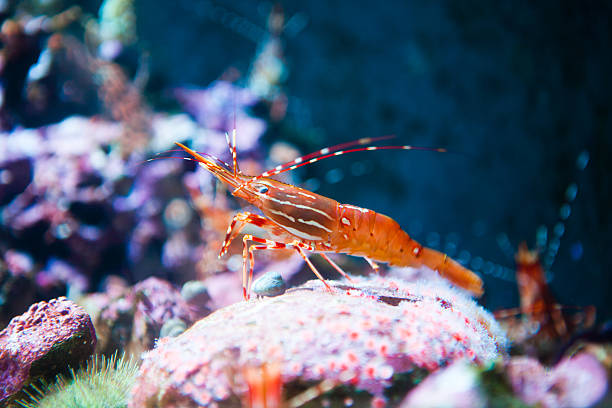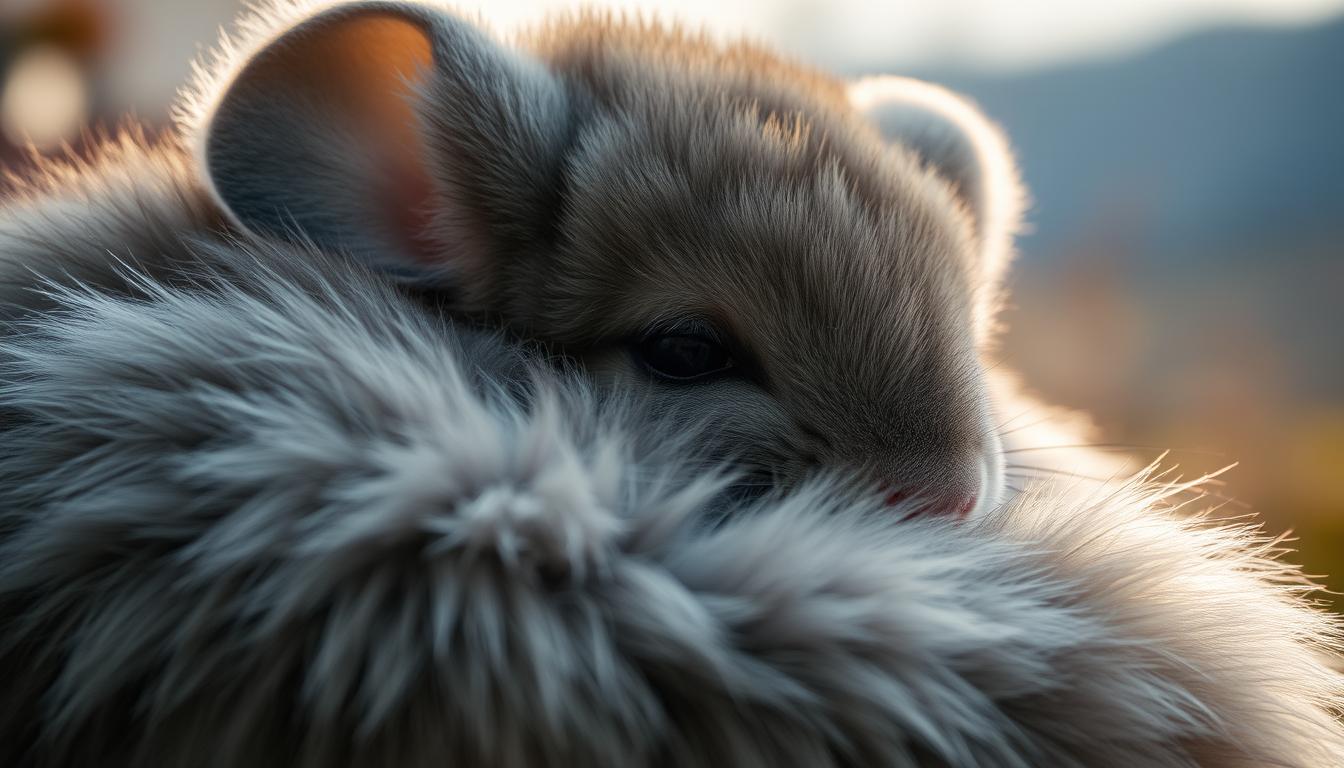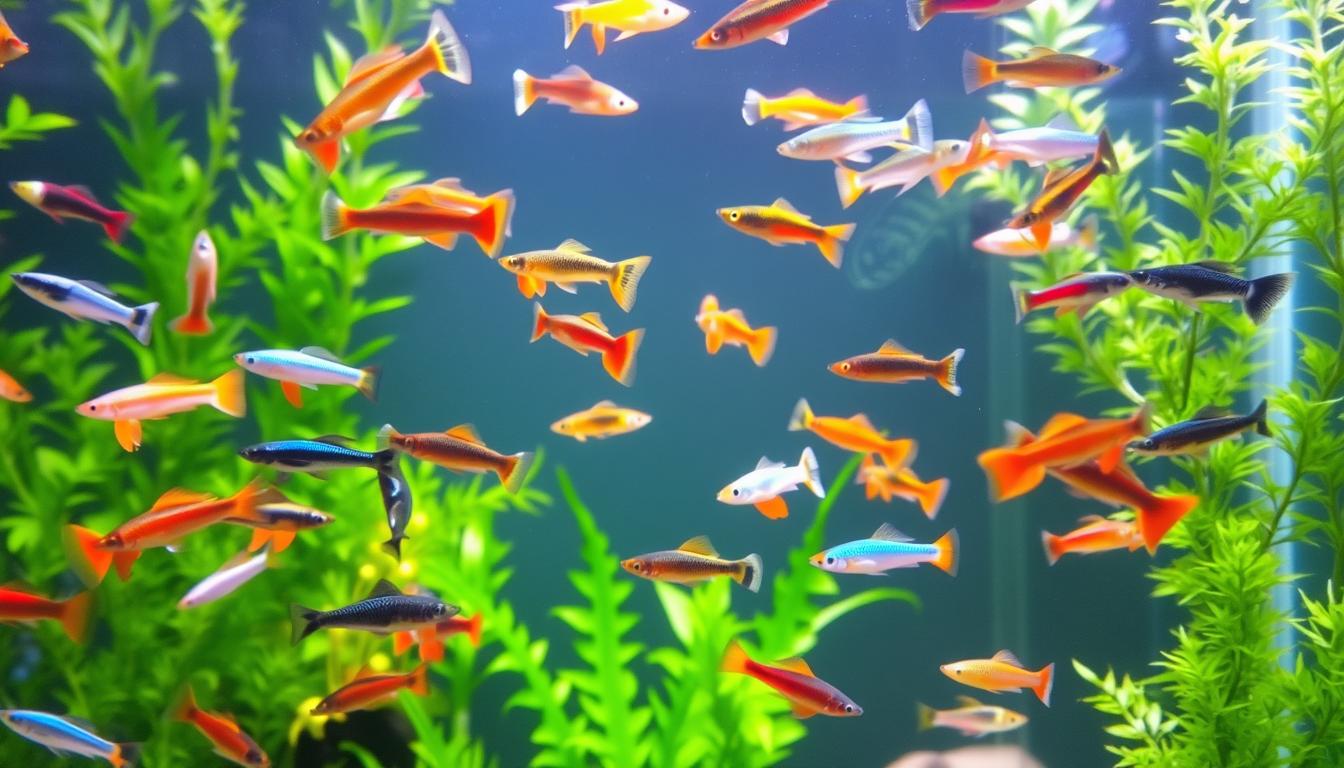The Ultimate Guide to Keeping Pet Shrimp: Tips, Tricks, and Must-Know Secrets!

Introduction
Keeping pet shrimp is a fascinating and rewarding hobby that has gained popularity among aquarium enthusiasts. These tiny, colorful creatures not only add beauty to your tank but also play a crucial role in maintaining a balanced ecosystem. Whether you’re a seasoned aquarist or a beginner looking to dive into the world of shrimp keeping, understanding the basics of shrimp care is essential. This guide will walk you through everything you need to know to ensure your shrimp thrive in their new home.

Why Keep Pet Shrimp?
Shrimp have become popular pets for several reasons. Their small size and low maintenance requirements make them ideal for those who want to enjoy the beauty of an aquarium without the demands of larger fish. Shrimp are also known for their vibrant colors and intriguing behaviors, which can be both relaxing and entertaining to observe.
Benefits of Having Shrimp in Your Aquarium
Aside from their aesthetic appeal, shrimp contribute to the overall health of your aquarium. They are excellent scavengers, helping to keep the tank clean by eating algae, leftover food, and other debris. This natural cleaning process reduces the need for frequent tank maintenance and promotes a healthier environment for all your aquatic pets.
Popular Shrimp Species for Beginners
If you’re new to shrimp keeping, some species are easier to care for than others. The Red Cherry Shrimp, for example, is a hardy species that adapts well to a variety of water conditions. Other beginner-friendly options include the Amano Shrimp and the Ghost Shrimp, both of which are known for their resilience and ease of care.
Setting Up the Perfect Shrimp Tank
Creating a suitable environment for your shrimp is the first step to ensuring their health and happiness. A well-planned tank setup can make all the difference in your shrimp-keeping experience.
Choosing the Right Tank Size
The size of your tank will largely depend on the species and number of shrimp you plan to keep. For beginners, a 10-gallon tank is often recommended, as it provides enough space for a small colony while being easier to manage. It’s important to remember that shrimp are sensitive to changes in their environment, so the larger the tank, the more stable the water conditions will be.
Water Parameters: What You Need to Know
Shrimp are highly sensitive to water quality, making it crucial to maintain ideal water conditions. The pH level should typically be between 6.5 and 8.0, depending on the species. Temperature is another critical factor, with most shrimp thriving in water temperatures between 72°F and 82°F. Additionally, water hardness, measured in dGH, should be kept within the recommended range for your specific shrimp species. Regular testing and adjustments are necessary to ensure the water remains suitable for your shrimp.
Filtration and Aeration
Proper filtration is essential in a shrimp tank to keep the water clean and free from harmful toxins. A gentle filter that doesn’t create strong currents is ideal, as shrimp prefer calm water. Sponge filters are particularly popular among shrimp keepers because they provide efficient filtration without posing a threat to small shrimp. Aeration is also important, especially in densely populated tanks, as it helps maintain oxygen levels and supports the overall health of your shrimp.
Substrate and Decoration: Creating a Comfortable Habitat
The substrate and decorations you choose for your shrimp tank play a vital role in their health and well-being. Shrimp are bottom-dwellers, so the substrate is where they’ll spend most of their time.
Best Substrates for Shrimp
When selecting a substrate, consider both aesthetics and functionality. Fine gravel or sand are common choices, as they allow shrimp to forage easily. Some shrimp species, such as the Bee Shrimp, thrive in a substrate that slightly lowers the pH of the water, so specialized shrimp substrates are also available. It’s important to choose a substrate that aligns with the specific needs of your shrimp.
Decorating the Shrimp Tank
Decorating your shrimp tank is not just about making it look good; it’s about creating a habitat that mimics the natural environment of your shrimp. Live plants like Java Moss and Anubias are excellent additions, providing hiding spots and surfaces for shrimp to graze on biofilm. Adding rocks, driftwood, and small caves will give your shrimp plenty of places to explore and hide, which helps reduce stress and promotes natural behavior.
Feeding Your Pet Shrimp
Proper nutrition is key to keeping your shrimp healthy and vibrant. Understanding their dietary needs will help you provide a balanced diet that supports growth, reproduction, and overall well-being.
Understanding Shrimp Diet
In the wild, shrimp are omnivores, feeding on algae, plant matter, and small organisms. In captivity, you can replicate this diet by offering a variety of foods. Commercial shrimp pellets are a convenient option, but it’s also beneficial to supplement their diet with blanched vegetables like spinach and zucchini, as well as protein-rich foods like bloodworms.
How Often to Feed Shrimp
Feeding frequency depends on the size of your shrimp colony and the amount of natural food available in the tank. As a general rule, feed your shrimp small amounts once a day. It’s important to avoid overfeeding, as uneaten food can quickly pollute the water, leading to health problems for your shrimp. Monitor their behavior and adjust feeding as needed to ensure they’re getting the right amount of food.
Shrimp Behavior and Social Structure
Understanding shrimp behavior and social dynamics is crucial for maintaining a peaceful and thriving tank. Observing your shrimp regularly will help you identify any potential issues before they become serious problems.
Observing Shrimp Behavior
Shrimp are active and curious creatures, often seen exploring their environment and interacting with each other. Healthy shrimp will exhibit a variety of behaviors, including foraging, molting, and grooming. It’s important to familiarize yourself with these behaviors so you can quickly spot any signs of stress or illness.
The Social Life of Shrimp
Shrimp are generally peaceful and can be kept with other shrimp or small, non-aggressive fish. However, it’s important to choose tank mates carefully to avoid any potential conflicts. Some shrimp species, like the Amano Shrimp, are more social and do well in groups, while others prefer a bit more solitude. Understanding the social needs of your shrimp will help you create a harmonious tank environment.
Common Shrimp Diseases and How to Prevent Them
Like any other pets, shrimp are susceptible to various diseases. Knowing how to recognize and prevent these diseases is essential for keeping your shrimp healthy.
Recognizing Shrimp Diseases
Common shrimp diseases include bacterial infections, fungal infections, and parasites. Signs of illness can vary but often include lethargy, discoloration, and abnormal swimming behavior. Early detection is key to preventing the spread of disease, so it’s important to monitor your shrimp closely and be familiar with the symptoms of common ailments.

Preventing Shrimp Diseases
The best way to prevent disease in your shrimp tank is through proper maintenance and care. Regular water changes, good filtration, and a clean environment are crucial. Quarantining new shrimp before adding them to your main tank can also help prevent the introduction of diseases. Additionally, avoid overcrowding and ensure that your shrimp have a stress-free environment to reduce the risk of illness.
Understanding Shrimp Reproduction
Shrimp breed relatively easily in captivity if the conditions are right. Female shrimp carry eggs under their tails until they hatch, releasing tiny shrimp larvae into the water. To encourage breeding, ensure your tank has stable water conditions, plenty of hiding spots, and a high-quality diet.
Caring for Shrimp Fry
Caring for baby shrimp, known as fry, can be challenging but rewarding. Shrimp fry are extremely small and vulnerable, so it’s important to provide them with a safe environment free from predators. Feeding them appropriately sized food, such as powdered shrimp food or infusoria, is crucial for their survival and growth.
Troubleshooting Common Shrimp Problems
Even with the best care, issues can arise in a shrimp tank. Knowing how to troubleshoot these problems will help you maintain a healthy and thriving shrimp population.
Dealing with Water Quality Issues
Water quality issues are one of the most common problems in shrimp tanks. If you notice your shrimp acting lethargic or displaying unusual behavior, water quality is often the first thing to check. Regular testing and immediate correction of any imbalances are essential for keeping your shrimp healthy.
What to Do When Shrimp Stop Eating
A sudden lack of appetite can be a sign of stress, illness, or poor water quality. If your shrimp stop eating, start by checking the water parameters to ensure they’re within the ideal range. If the water is fine, consider reducing feeding and observing for any other signs of distress. Sometimes, shrimp will go through periods of decreased appetite, especially after molting, so keep an eye on them but don’t panic immediately.
Advanced Shrimp Keeping Tips
For those who have mastered the basics and are looking to take their shrimp-keeping hobby to the next level, there are plenty of advanced tips and techniques to explore.
Tips for Experienced Shrimp Keepers
Advanced shrimp keepers can experiment with more delicate and exotic shrimp species, such as the Crystal Red Shrimp or the Blue Tiger Shrimp. These species require more specific water conditions and care, but their stunning appearances make the extra effort worthwhile. Additionally, creating a thriving shrimp colony can involve selective breeding for specific colors or patterns, which adds an exciting challenge for experienced keepers.
Conclusion
Keeping pet shrimp is a rewarding and enjoyable hobby that offers endless opportunities for learning and discovery. By following the tips and guidelines outlined in this guide, you can create a healthy and vibrant environment for your shrimp to thrive in. Whether you’re just starting out or looking to expand your shrimp-keeping knowledge, there’s always something new to learn in this fascinating hobby.
FAQs
What is the easiest shrimp species to keep for beginners?
The Red Cherry Shrimp is considered one of the easiest species for beginners due to its hardiness and adaptability.
How many shrimp can I keep in a 10-gallon tank?
A 10-gallon tank can comfortably house around 20-30 shrimp, depending on the species and tank setup.
Can I keep shrimp with other fish?
Yes, but it’s important to choose small, non-aggressive fish that won’t prey on the shrimp.
What is the best way to clean a shrimp tank?
Regular water changes, gentle siphoning of the substrate, and maintaining the filter are key to keeping a shrimp tank clean.



